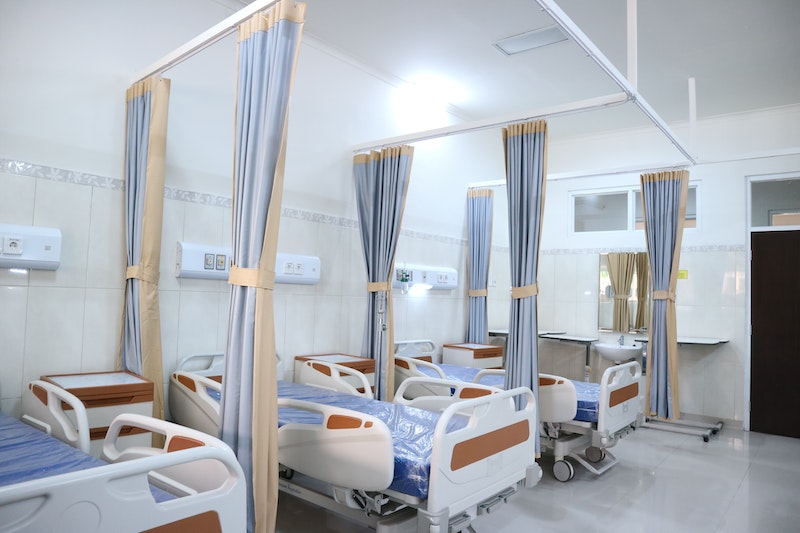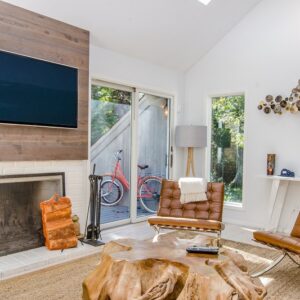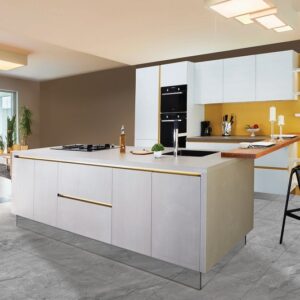In recent centuries, hospitals have undergone a tremendous amount of changes in design and construction. Today, they remain among the most sophisticated facilities due to requirements for specialized technologies, infrastructure, and the need to comply with safety regulations. This has also taken a toll on their design and construction costs. Yet, a closer look reveals a number of common issues that can be traced to architectural design flaws.
- Poor lighting, obstructed visibility, and slippery areas contribute to patient falls – one of the biggest dents in public health;
- Convoluted spaces and shared rooms which increase the likelihood of hospital-acquired infections;
- Poor design choices that contribute to noise pollution while also making it nearly impossible for the staff to respect patients’ right to privacy;
- Prevalence of artificial design elements and the absence of organic, natural shapes that have an adverse emotional impact.
As can be seen, some flaws are relatively apparent and can be addressed through specific guidelines, while others are vague and elusive. Nevertheless, hospital design can have significant healing properties, which is why it deserves a closer look.
The Case for Biophilia
Today, numerous studies support the idea of healthcare design – a set of principles that improve healthcare outcomes. Interestingly, many of these principles are either based on or incorporate natural elements. These solutions, meant to strengthen the perceived connection to nature, are collectively referred to as biophilic design. Since the introduction in the late 20th century, it has proven to be economically, environmentally, and sustainably feasible and has been included in several building standards.
The idea of architectural design’s impact on our psychological well-being is nothing new – in fact, there is a host of design solutions known to enhance emotional state and promote happiness. There is also a general understanding that positive emotions are an important element of health in general. Some of the beneficial effects include:
- Faster recovery
- Lower injury rate
- Reduced stress
- Improved pain management
- A decrease in medical errors
- Increased facility efficiency
What Can Be Done?
There are two main ways of bringing nature into hospitals, both of which have proven effectiveness. The direct approach involves tangible contact with nature whereas the indirect one relies on its representations.
Bring Sunlight In
One of the most familiar elements of direct biophilic design in the hospital setting is lighting. Actually, inviting natural light into the building predates the modern scientific understanding of medicine: big windows were used in hospital buildings due to the belief that darkness promotes the spread of diseases.
Apparently, these claims were not entirely unfounded, as research continues to show beneficial health effects on both the physical and mental state of patients exposed to daylight. On top of that, patients in well-lit rooms report lower pain levels and require less pain medication. The same goes for nurses and clinicians: working in well-lit spaces increases productivity and improves mood.
Natural Ventilation
Natural ventilation is another crucial component of hospital design. Similarly to sunlight, its use goes back to the pre-scientific theory of miasma, which influenced the development of ventilation systems well before the discovery of germs. Nevertheless, access to natural air remains a feasible option for humidity and infection control. In addition, a properly designed ventilation can cut expenses on externally powered HVAC systems.
Give Access to Outdoor Environments
A less obvious yet effective way of direct exposure to nature is to ensure patient access to the outdoor environment. This can be anything from a walkable garden to a window overlooking a row of trees. The latter was prominently featured in one of the most influential studies on hospital design by Roger Ulrich. The study has compared two sets of patients whose windows had “tree views” and “wall views,” respectively. The results showed that patients with the tree view had better clinical outcomes.
Biomimicry
Of course, it is not always possible to have a spectacular view, let alone an entire garden on hospital premises. Fortunately, there are other ways to bring nature indoors that are equally beneficial. The most obvious one is to introduce natural design elements such as paintings or décor elements that depict or resemble nature.
If a video of a savannah sounds unconvincing, note that indirect approaches do not need to be of the highest fidelity to have an effect. In many cases, something as simple as having organic shapes and evocative colors may be enough. While it may not impact infection rates, it still brings positive emotions, reduces stress, and improves patient satisfaction.
A Closing Word
Biophilic design is still in its early stage of development, so it is far more likely to find it on a modern architecture blog than on a hospital construction project. Perhaps it is a good reason to reconsider the way we build hospitals and abandon barren, unwelcoming spaces in favor of something that feels – and does – good. The mounting evidence of the advantages of biophilic design for hospitals and its humble entry into building standards gives hope we will be able to see more curing design at healthcare facilities any time soon.
Content help
The content is created with the help of an expert, Yaryna Myrka. She has 5 years of experience working in the industry.




